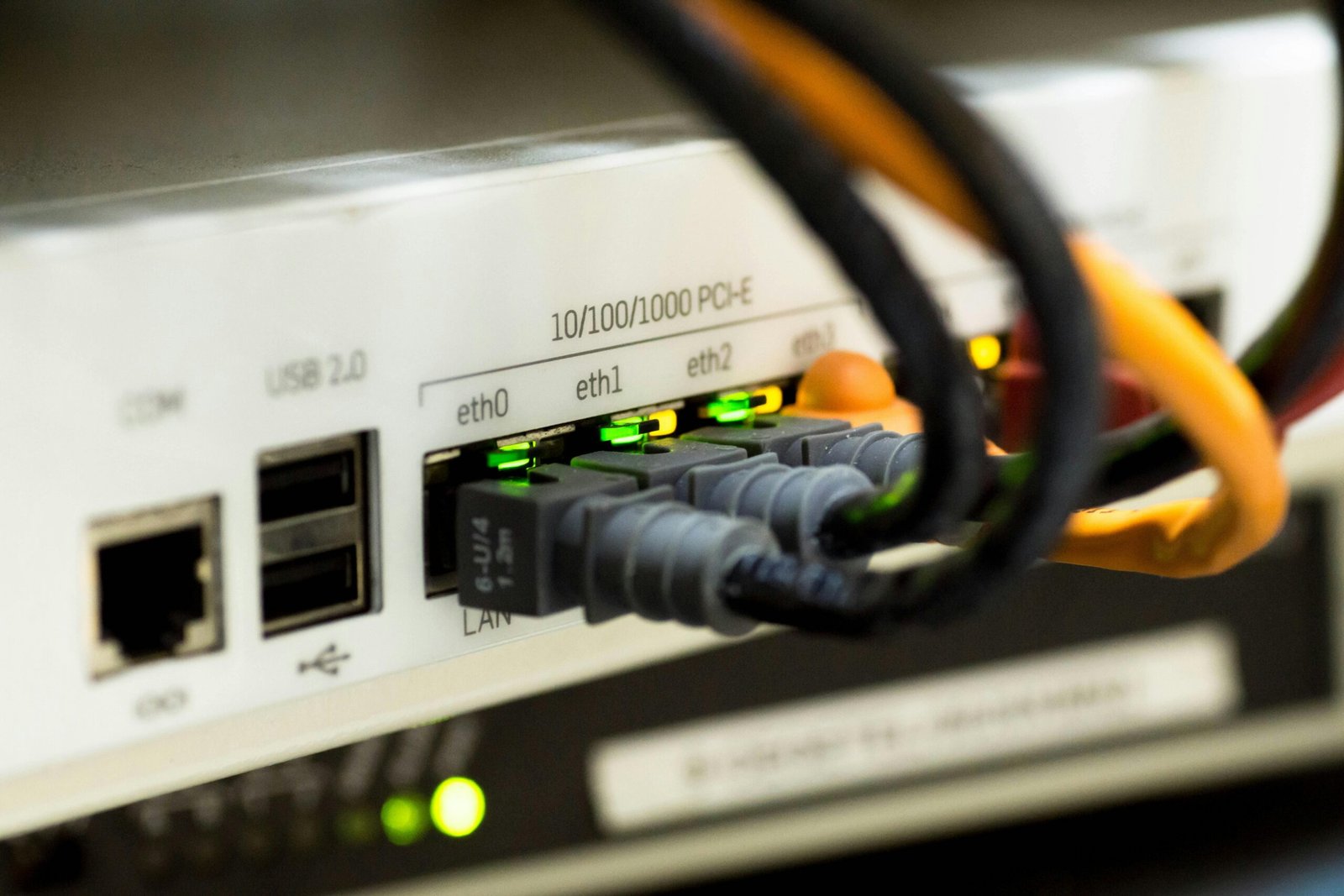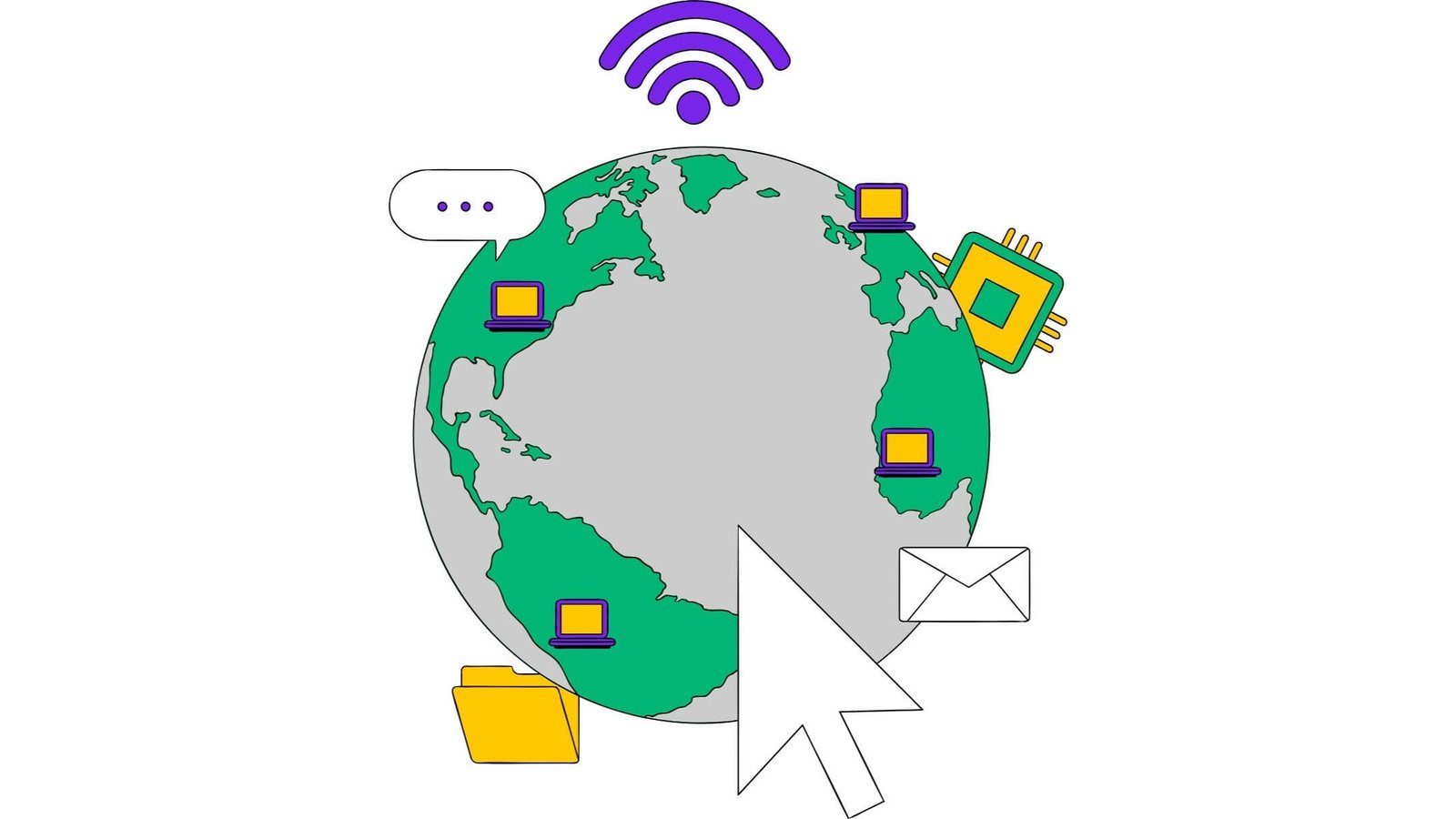A detailed article covering IoT (Internet of Things), its types, uses, and future prospects:
Understanding the Internet of Things (IoT)
Introduction to IoT
The Internet of Things (IoT) refers to the network of physical objects — “things” — embedded with sensors, software, and other technologies to connect and exchange data with other devices and systems over the internet. These devices range from ordinary household objects to sophisticated industrial tools.
IoT has revolutionized the way we interact with our environment, enabling smarter homes, cities, and industries. The core idea behind IoT is to create a seamlessly connected ecosystem that can collect, share, and analyze data to make informed decisions, often autonomously.
Types of IoT
IoT can be broadly classified into several categories based on application areas:
1. Consumer IoT (CIoT)
This includes devices used by individuals and households to enhance convenience, efficiency, and safety.
- Examples: Smart home appliances (thermostats, lights, locks), wearable fitness trackers, smart TVs, voice assistants (Alexa, Google Assistant).
2. Industrial IoT (IIoT)
Used in manufacturing and industrial environments to improve operational efficiency, productivity, and safety.
- Examples: Predictive maintenance sensors, robotics, supply chain monitoring, smart meters.
3. Commercial IoT
Applies to businesses and organizations outside the industrial sector.
- Examples: Smart payment systems, connected POS systems, inventory tracking in retail, building automation.
4. Infrastructure IoT
Supports smart cities and public infrastructure management.
- Examples: Smart traffic lights, waste management systems, water quality monitoring, energy grid monitoring.
5. Agricultural IoT (Agri-IoT)
Used in agriculture for better crop and livestock management.
- Examples: Soil moisture sensors, automated irrigation, drone monitoring, livestock tracking.
6. Healthcare IoT (IoMT – Internet of Medical Things)
Integrates IoT with medical devices for better patient care.
- Examples: Remote health monitoring, smart wearable devices, insulin pumps, heart monitors.
Uses of IoT
IoT’s applications span multiple domains, delivering convenience, efficiency, and real-time monitoring. Here are key use cases:
1. Smart Homes
IoT enables users to control appliances remotely, monitor home security, and optimize energy usage.
- Example: Smart thermostats learn user preferences and adjust temperatures automatically.
2. Healthcare Monitoring
Real-time data from wearable devices can help doctors monitor patients remotely and reduce hospital visits.
- Example: Smartwatches that monitor heart rate and oxygen levels.
3. Smart Cities
IoT helps in managing urban infrastructure such as traffic control, street lighting, and pollution levels.
- Example: Sensors in parking lots guide drivers to available spots.
4. Industrial Automation
Machines equipped with IoT sensors can predict failures and schedule maintenance, reducing downtime.
- Example: Predictive maintenance in factories.
5. Agriculture
Farmers use IoT devices to track weather, soil conditions, and crop health.
- Example: Automated irrigation systems based on soil moisture.
6. Supply Chain and Logistics
IoT improves asset tracking, fleet management, and real-time inventory updates.
- Example: GPS-enabled sensors in delivery trucks.
7. Environmental Monitoring
IoT devices collect data on air and water quality, radiation levels, and weather conditions.
- Example: Forest fire detection systems.
Future of IoT
The future of IoT is dynamic and expansive, with innovations continuously reshaping the landscape. Here’s what to expect:
1. Massive IoT Expansion
With the advent of 5G and satellite internet, billions of devices are expected to connect with minimal latency and increased speed.
2. Edge Computing
To reduce bandwidth and processing delays, IoT will rely more on edge computing — processing data closer to the source rather than on centralized servers.
3. AI Integration
AI and machine learning will be increasingly used with IoT to enable predictive analytics, anomaly detection, and automated decision-making.
4. Enhanced Security and Privacy
As more personal and industrial data flows through IoT networks, security measures will become more sophisticated, including blockchain-based solutions and encrypted communications.
5. Interoperability and Standardization
More global efforts will emerge to ensure devices from different manufacturers work together seamlessly.
6. Sustainable and Green IoT
Energy-efficient sensors and eco-friendly devices will support sustainability efforts, especially in climate monitoring and smart agriculture.
Conclusion
The Internet of Things is no longer a futuristic concept but a transformative force shaping every sector of society. From homes to industries, and from agriculture to healthcare, IoT is fostering smarter, more connected environments. As technology evolves, the synergy between IoT, AI, and 5G will unlock even more groundbreaking applications, paving the way for a more efficient, sustainable, and intelligent world.


